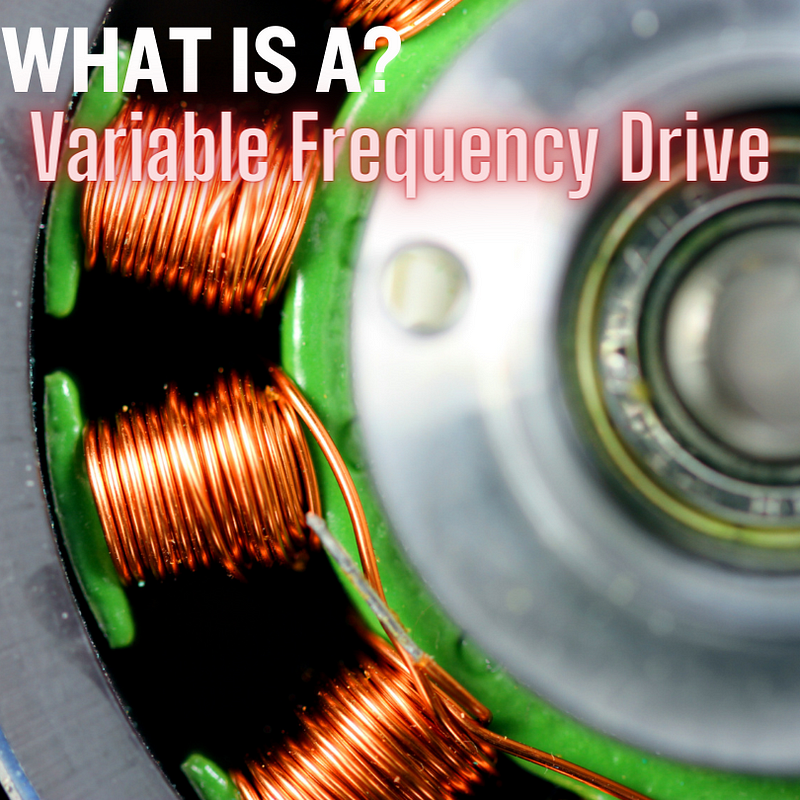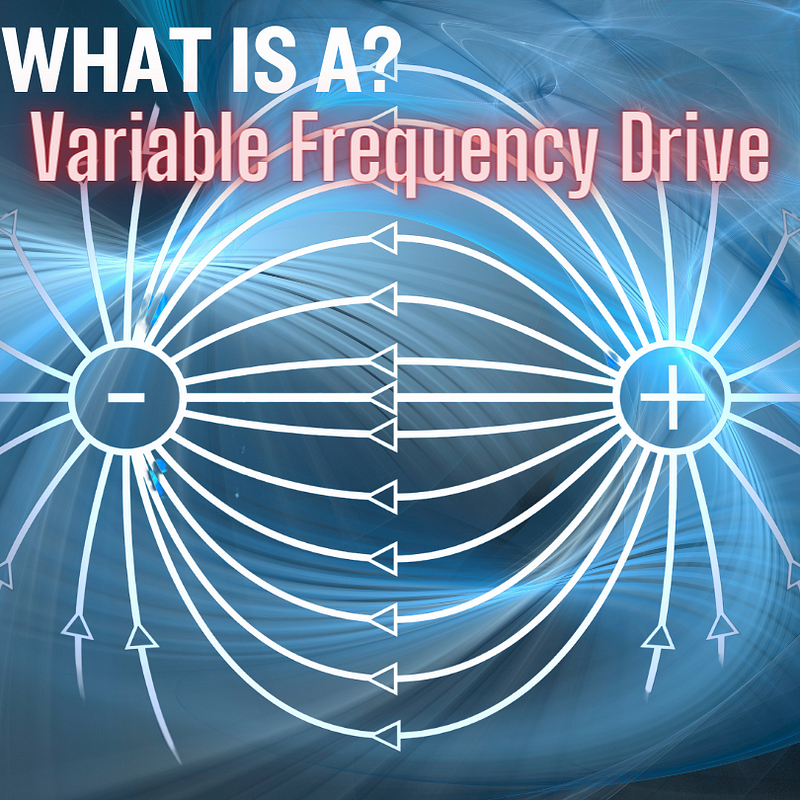Understanding Variable Frequency Drives: A Comprehensive Overview
Written on
Introduction to Variable Frequency Drives
Throughout my 30+ years in Electrical Engineering, dating back to 1989, my initial encounter with a variable frequency drive (VFD) occurred within an HVAC system at a manufacturing plant. Since that time, I've observed a significant rise in both the utilization and advancement of this technology.
What Exactly is a Variable Frequency Drive?
In simple terms, a VFD regulates the speed and torque of a motor by manipulating frequency and voltage. Though this technology originated in the 1950s due to the advent of solid-state electronics, it did not gain commercial traction until the microprocessor boom of the 1980s. The 1990s marked a reduction in size and enhancements in reliability and application potential.
Explainer: Understanding dV/dt Filters
The term "dV/dT" refers to the rate of change in voltage over time. In the context of VFDs, it describes the rapid voltage changes that occur at the start and end of the square wave pulses, which constitute the pulse width modulated (PWM) output of a VFD. Despite their impressive capabilities, certain electrical characteristics inherent to VFD technology must be addressed to ensure flexibility, performance, and energy efficiency.

The Complexities of Pulse Width Modulation (PWM)
Variable Frequency Drives are renowned for their capacity to control motor speeds, thus conserving energy and prolonging motor lifespan. However, this convenience comes with challenges—particularly concerning Pulse Width Modulation (PWM). This method varies the width of voltage pulses to regulate motor speed. While effective in theory and application, it has a downside: transient currents.
When a VFD is activated, it sends voltage pulses to the motor, which can generate transient currents that may damage the motor's insulation and bearings over time, leading to premature failures. To combat these issues, output reactors or dV/dt filters are employed to smooth out these pulses and protect the motor.
Explainer: What Are Transient Currents?
Transient currents are temporary oscillatory currents that flow in a circuit following an electromagnetic disturbance.

Wiring Considerations for VFDs
Unlike conventional motor controls, VFDs necessitate specific cable types. An incorrect choice can result in electromagnetic interference (EMI), voltage spikes, and signal distortion. When selecting cables for VFD applications, consider:
- Shielding: Using shielded cables can protect against EMI in VFD installations, as unshielded cables may suffer from unreliable control signals due to harmonic interference.

- Segmented Grounds: In many cases, it's necessary to separate the grounding conductor for your VFD from other system grounds to prevent ground loops and minimize interference.
- Cable Sizing: Using inadequately sized cables can lead to voltage drops, negatively affecting motor performance and triggering protective devices like breakers. Always consult the National Electrical Code (NEC), Canadian Electrical Code (CEC), or local regulations for compliance.
Explainer: What is Electromagnetic Interference (EMI)?
EMI refers to unwanted noise or disturbances caused by electromagnetic radiation.
The Role of VFDs in Energy Efficiency
VFDs are crucial in promoting energy efficiency across various applications. They provide precise motor control, optimizing energy usage in numerous sectors.
- HVAC Systems: In commercial buildings such as hospitals, courthouses, and stadiums, VFDs adjust fan and pump speeds based on demand, leading to reduced energy consumption and lower operational costs.
- Renewable Energy Systems: VFDs are integral in controlling components in wind turbines, solar power systems, and hydroelectric installations, aiding in maximum energy capture.
- Pumping Stations: Wastewater treatment plants utilize VFDs to manage pumping systems efficiently, adjusting pump speeds to meet demand, thereby lowering energy costs and extending equipment lifespan.
Factoid: James Clerk Maxwell's Contributions
James Clerk Maxwell presented his famous "Dynamical Theory of the Electromagnetic Field" in 1864, which laid the foundation for understanding electromagnetic waves, including light.
Final Thoughts on Variable Frequency Drives
Variable Frequency Drives are pivotal in advancing power distribution and renewable energy initiatives. However, for optimal performance, engineers must account for the challenges posed by pulse wave modulation and cable design.
If you find this information valuable, consider subscribing to the Dark Sparks newsletter for more insights.

Discover the fundamentals of Variable Frequency Drives in this educational video that covers their functionality and applications.
Gain a brief introduction to Variable Frequency Drives and their significance in modern electrical engineering.